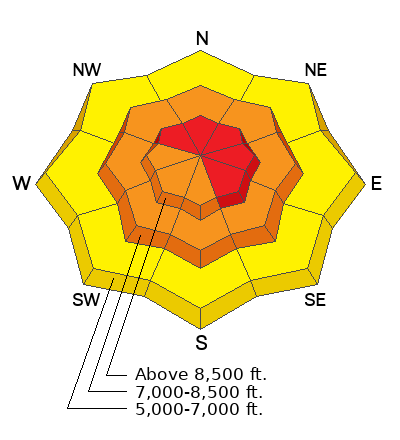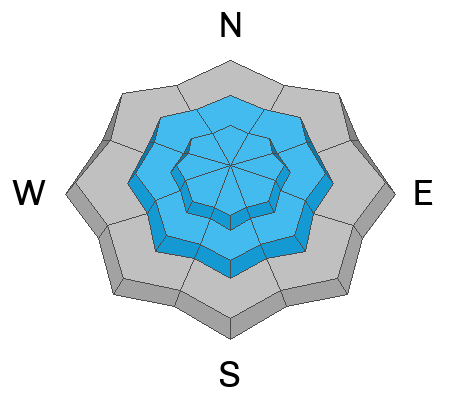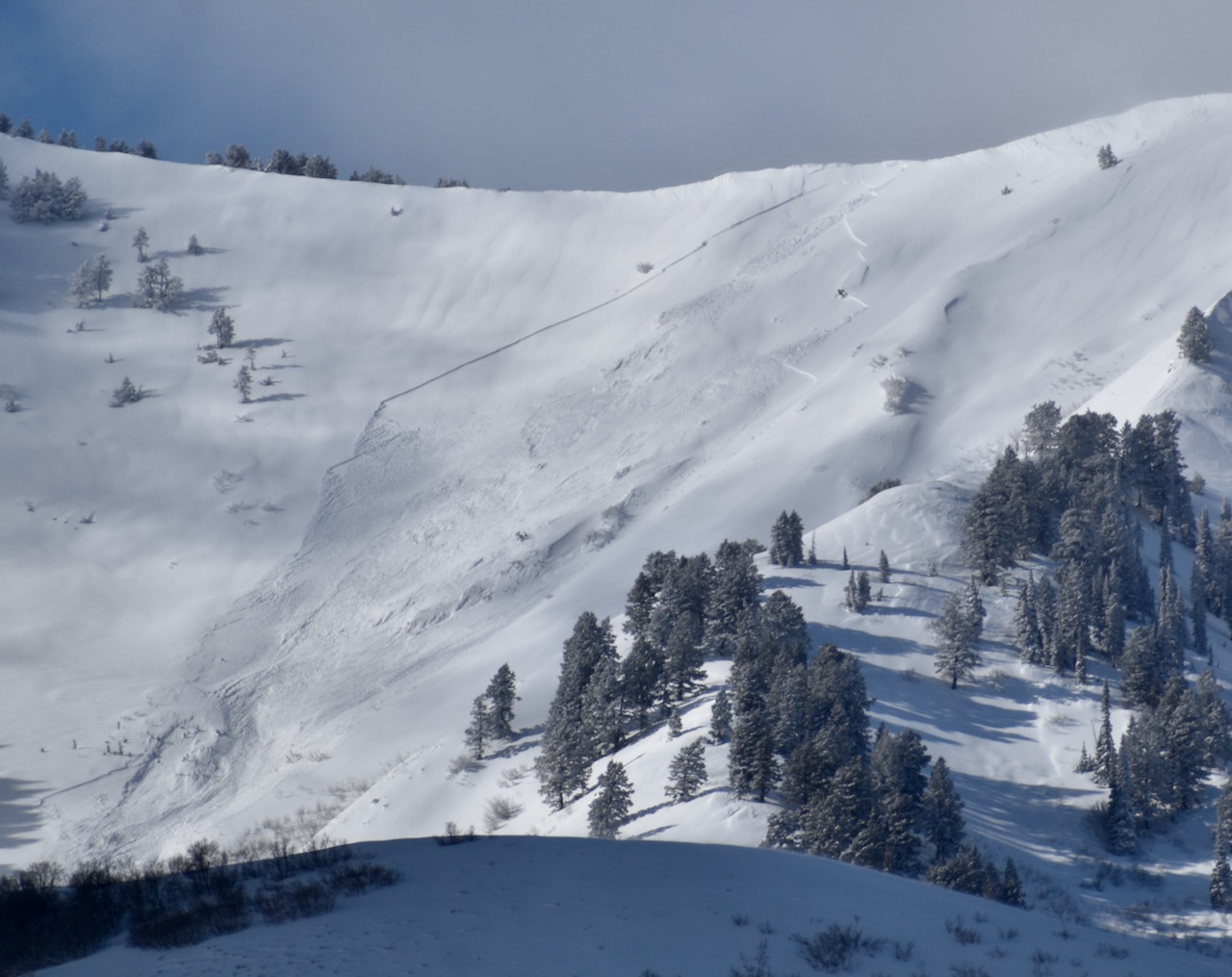Forecast for the Logan Area Mountains

Issued by Toby Weed on
Tuesday morning, February 18, 2025
Tuesday morning, February 18, 2025
Dangerous avalanche conditions exist on backcountry slopes steeper than 30°. There is CONSIDERABLE danger in all upper and mid-elevation terrain, and people are likely to trigger dangerous avalanches of storm snow or wind drifted snow up to 3 feet deep. The danger is HIGH on drifted upper-elevation slopes facing northwest through southeast, where large natural avalanches are likely.
- Careful snowpack evaluation, cautious route-finding, and conservative decision-making are essential for safe backcountry travel today.
- Avoid travel in drifted upper elevation terrain, and stay clear of avalanche runouts.

Low
Moderate
Considerable
High
Extreme
Learn how to read the forecast here










